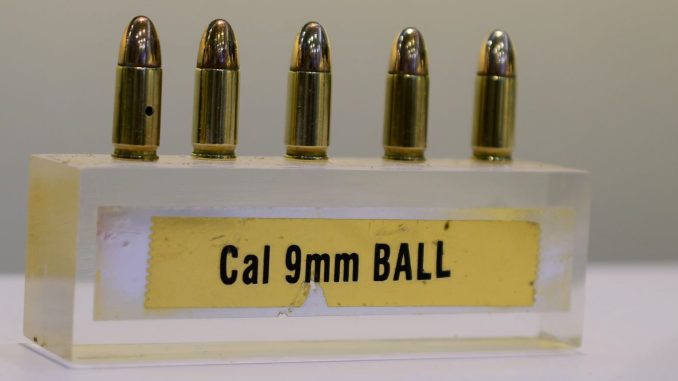
SHAH ALAM: The police has imported some five million 9mm ball 115 grain rounds from Czech manufacturer, Sellier Bellot, based on a MTO tender published on the Eperolehan website in late February, this year. The MTO tender was awarded to MultiModal Freight Sdn Bhd for a Letter of Award of RM783,830.
The five million or so rounds – the exact amount is 5,222,400 – is likely part of the ten million 9mm rounds ordered from Lembah Sembilan Sdn Bhd which was awarded the contract to supply ammunition from a tender, issued in January 2022 and closed that May. The contract amount was not listed on the Eperolehan website.
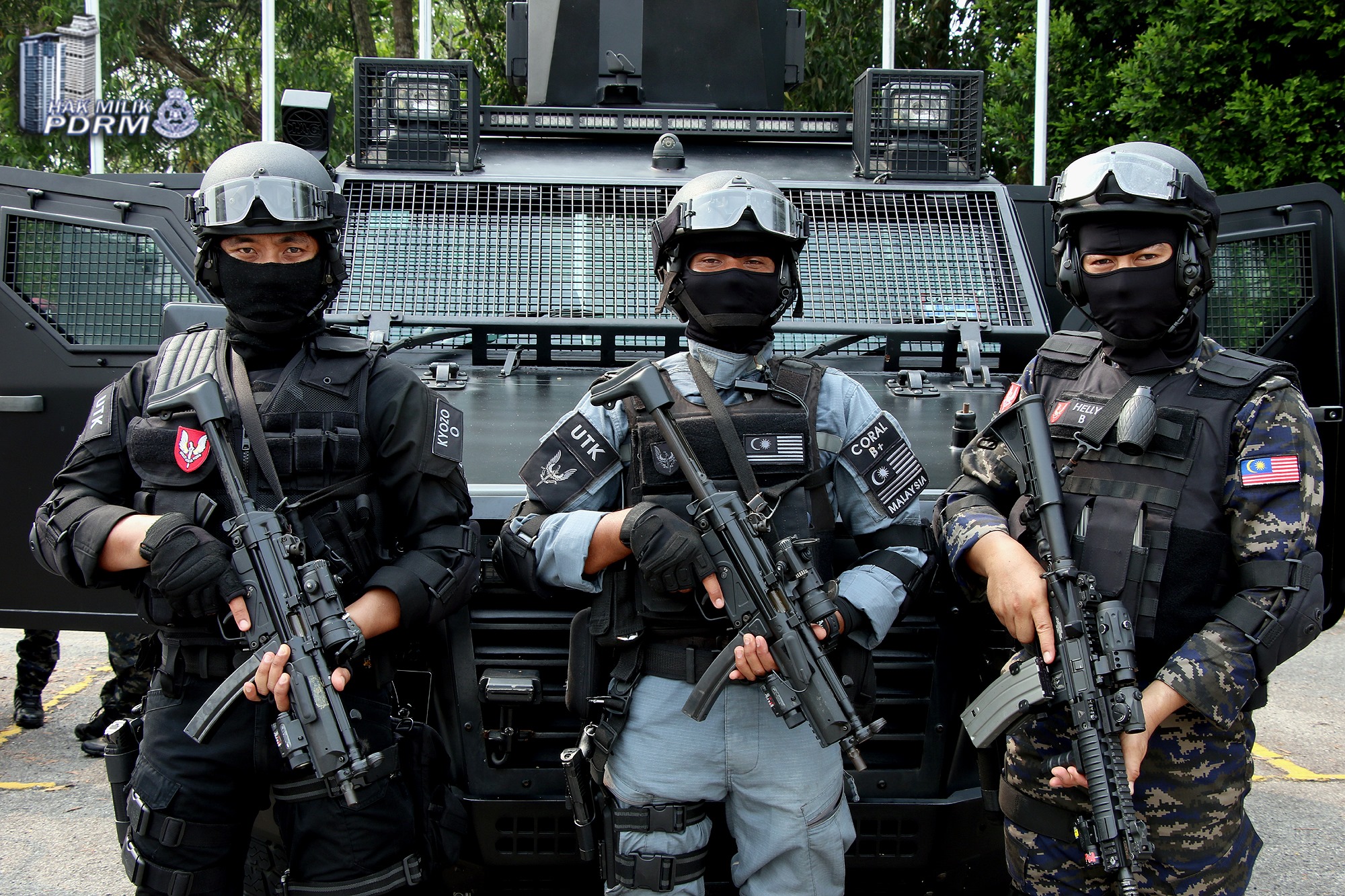
It is likely the rest of the ten million rounds contract will be imported once the manufacturer can produce them.
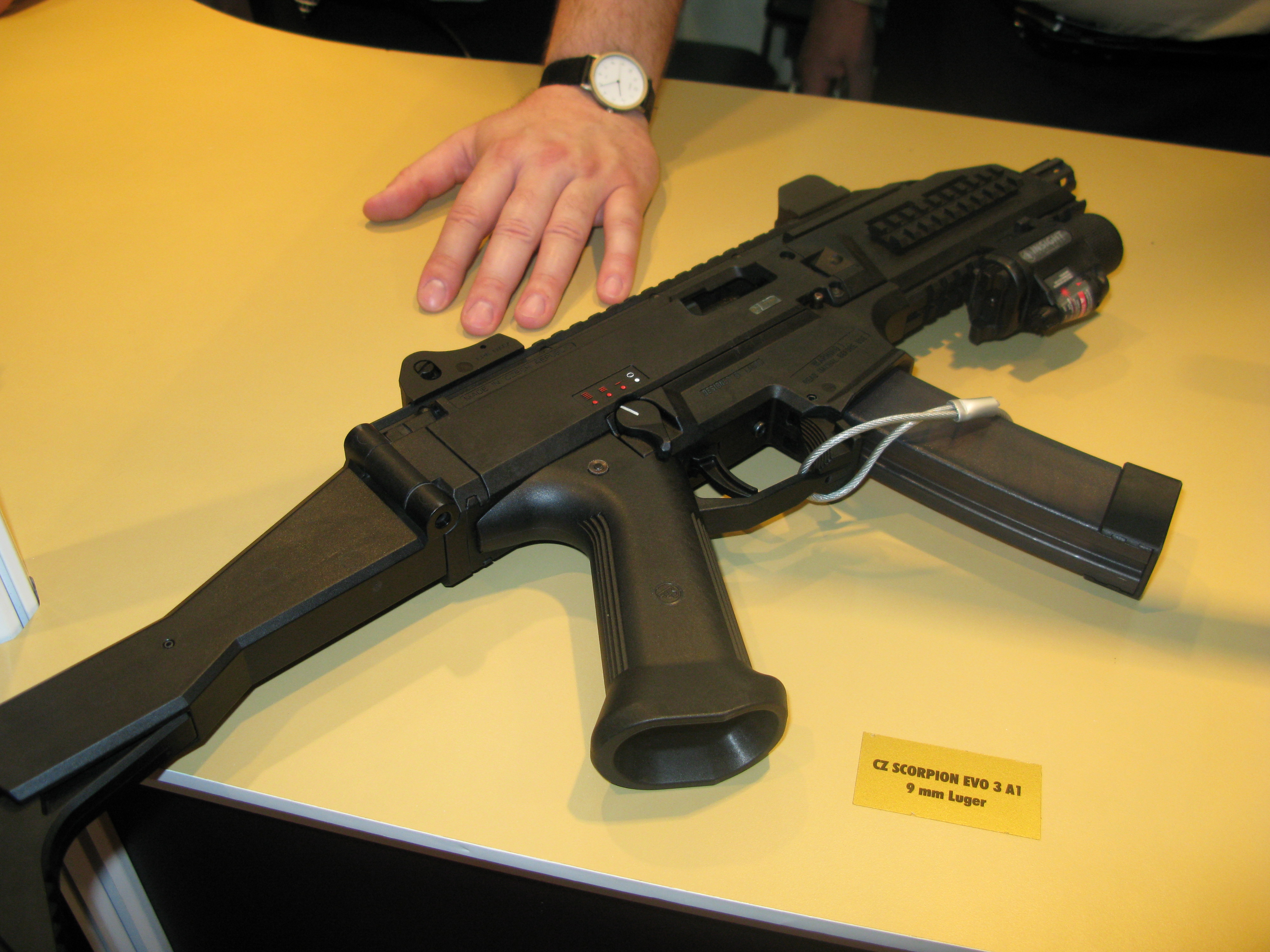
For the record (not a durian to a durian one), the Immigration Department 2021 tender for 400,000 (four hundred thousand) 9mm rounds costs RM840,000 and awarded to Sarasutra Arms Sdn Bhd. The Western Fleet Command Arms Depot paid RM109,500 to Hunter Strike Arms Sdn Bhd for 50,000 9mm ball 115 grain rounds under a tender in March, this year.
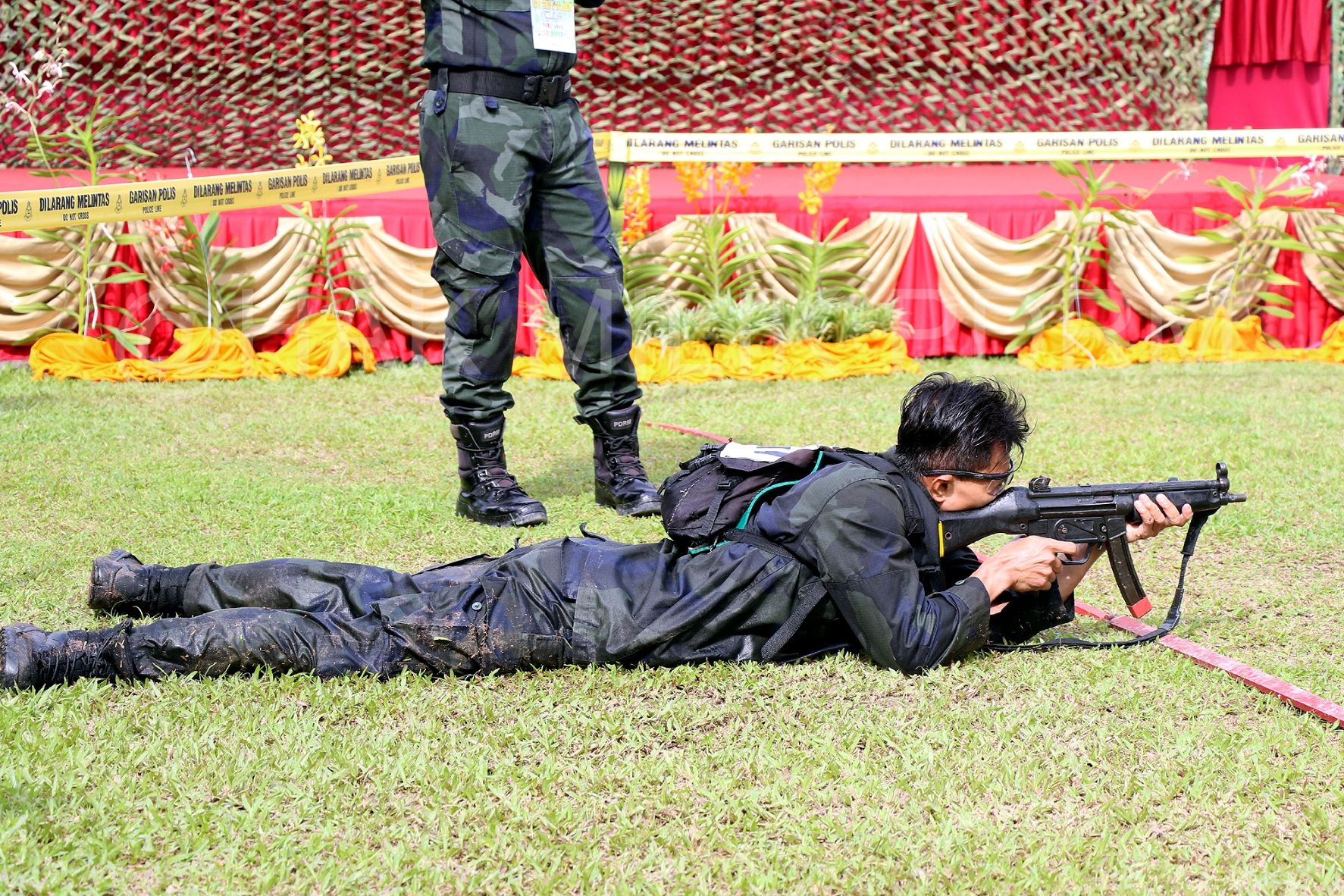
As reported previously, Malaysia is the only country in Southeast Asia which import most of its small-arms ammunition after years of reliance on SMEO. Our neighbours mostly rely on their state-owned arsenals to supply small arms ammunition from 9mm to 7.62mm rounds.
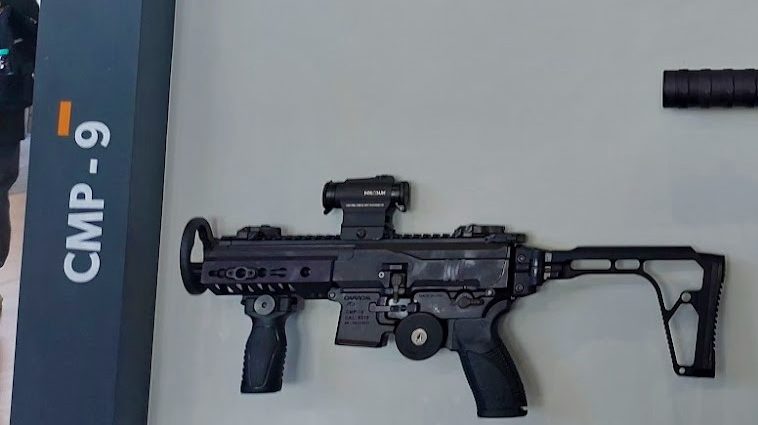
Why so many rounds then? The police are mostly armed with 9mm pistols and submachineguns. Only a small number of units – the GOF and the SF units – use rifles chambered for the 5.56mm ammunition.
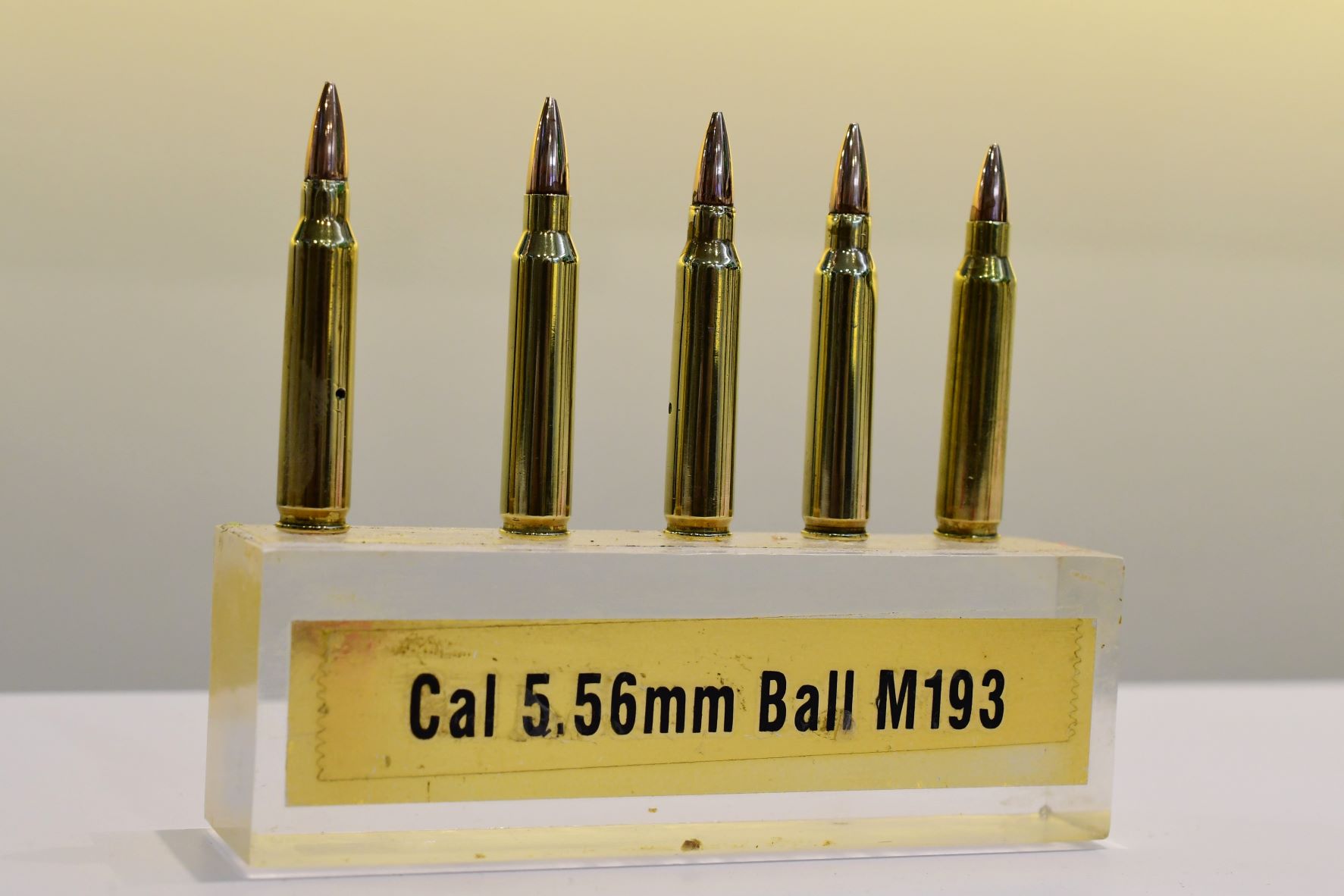
For the 5.56mm ammunition, Nestari Resources Sdn Bhd won four of the 17 quotation notices for 5.56mm ammunition for the Defence Logistics Division of the Armed Forces. Three of the tender for 204,000 5.56mm ammo was for RM397,800 each while the fourth for 113,000 round was RM220,350.
It is likely the result of the other notices will be updated in Eperolehan soon. Malaysian Defence was told at LIMA that the winning bidder must supply the ammunition within three months of the acceptance of the Letter of Award.
–Malaysian Defence
If you like this post, buy me an espresso. Paypal Payment


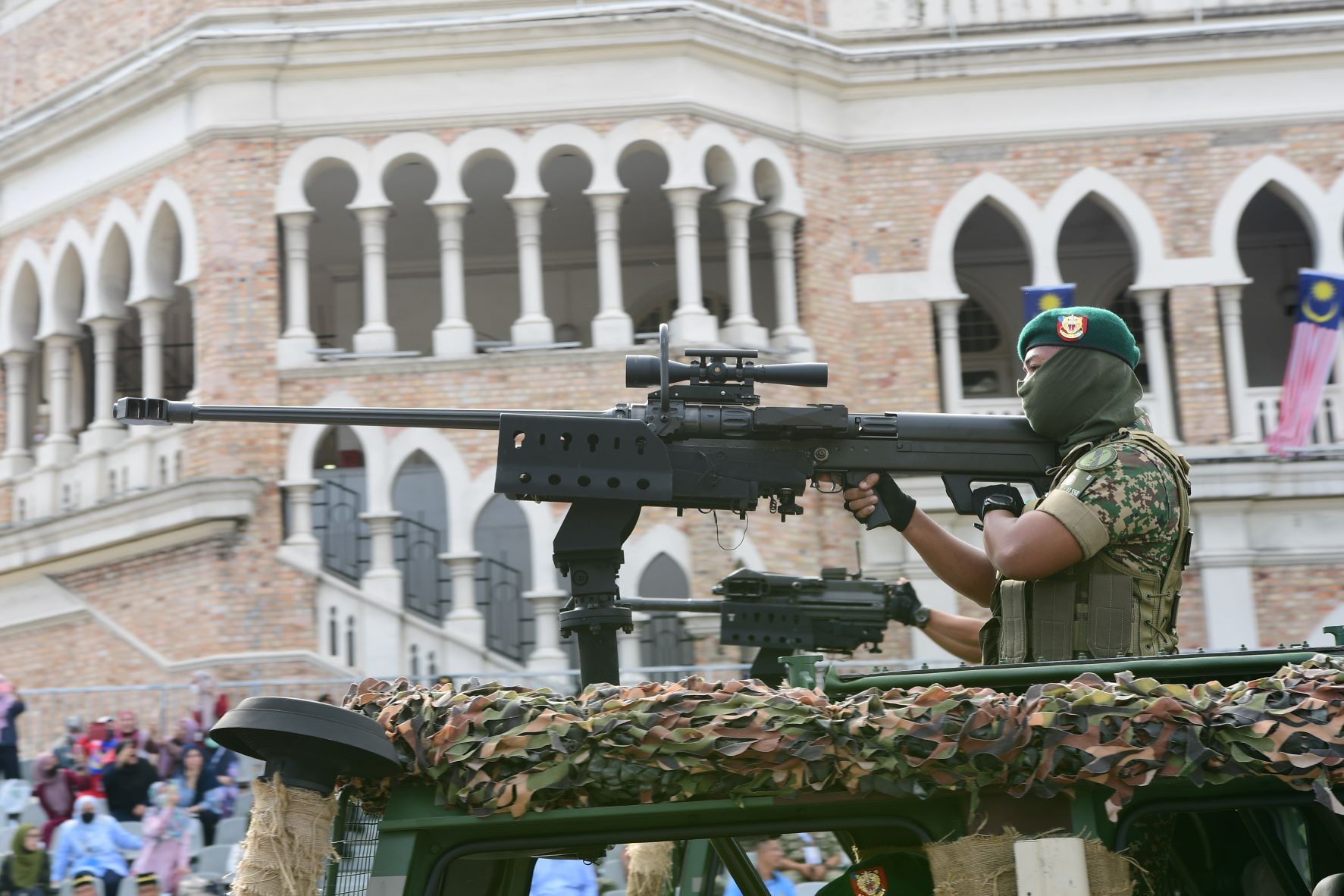

Instead of buying local, we rather import. So what happen to the argument that for import we need to used our precious foreign exchange reserve but buying local we just brrrr our printing machine.
Import are more cheap than buying with SMEO?
Likely
SMEO was no more in market…. most of the people not realize it.
They are, actually. The 9mm and 5.56mm ammo pictures posted in the post were taken at Airod/SMEO chalet at LIMA 2023.
Haiqal – “Import are more cheap than buying with SMEO”
All this has been discussed previously.
How can it be cheaper to source locally when SME has to import everything it needs for the production of ammo and pay for it in hard foreign currency?
Bullets are mass produced item makes at an industrial scale whereby the established players would have price advantage as their plant, machinery cost & others fixed cost had amortized thus allowing them to have price advantage of selling at slightly above material costs prices compared to newcomers which need higher selling prices.
For some states the higher prices of local production is a non brainer particularly but not limited too if they wanted a more independent foreign & military policy. Whether local production of small arms makes sense for us is up to debate but personally I don’t see the need for it.
Zaft – “Whether local production of small arms makes sense for us is up to debate but personally I don’t see the need for i”
There is no need for “debate “ or obfuscation. Unless sizeable export orders are gained or significant local orders are placed; no local company can deliver ammo at a cheaper price compared to sourcing it from abroad. Period/full stop.
On a completely different matter; it’s interesting to see where things stand with regards to UASs in the Ukraine. As I predicted way before the war started; the ability to deploy UASs effectively depends entirely on various factors [as shown in Kibya and Syria]. Against opponents with an effective hard and soft kill means UASs will be heavily attrited. Despite all the dramatic footage which went a long way in shaking opinions on UASs; by July last year an an estimated 90 percent of Ukraine’s pre war UAS fleet had been lost. Things have reached a stage where the few surviving TB2s are used mainly for ISR rather than strike. The average life span of a Ukrainian UAS now is 3-4 flights.
UASs or “drones” are not and never were a panacea despite people drawing hasty and not inaccurate conclusions from their use in Nargano Karabakh and insisting we should make it a priority to get TB2s. UASs remain slow and lack defences and are vulnerable to EW. Like everything else they have to be acquired in numbers and deployed under the right conditions.
Whether we do it is a different story but by right we should be acquiring commercial UASs in the hundreds [to start with] and in an the army UASs should be deployed down to platoon level. For now it makes sense for MALEs to be RMAF operated by as we acquire more and as we mature as a user; MALES should be operated by a joint/tri service “UAS Command”.